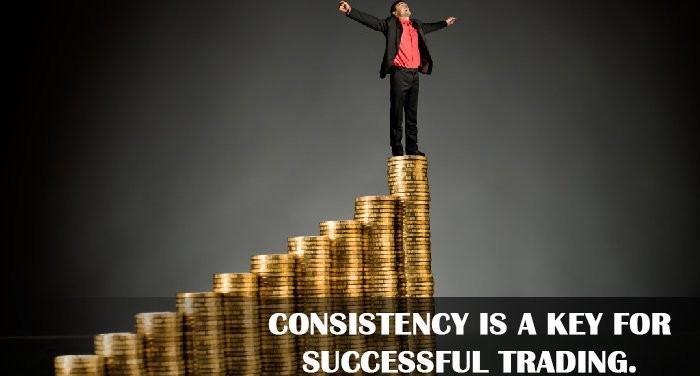Trading is fundamentally about understanding both the technical and psychological aspects of the market. While anyone can become proficient at reading charts with dedication and understanding, many discover that this skill alone doesn’t automatically translate to profitable trading.
There’s often a frustrating period where you have the right analysis on your screen but can’t consistently make money at the end of the month. You might have successful days, but they’re overshadowed by missed opportunities—the “woulda-shoulda-couldas.” This is where the next level of learning becomes crucial: understanding better entries, trade management, mathematics, and perhaps most importantly, psychology.
As James Rogers wisely put it: “I just wait until there is money lying in the corner and all I have to do is go over there and pick it up. I do nothing in the meantime. In essence, by not wanting to trade, I have inadvertently transformed myself into a master of patience. By forcing myself to wait until there was a trade that appeared so compelling that I could not stand the thought of not taking it, I had vastly improved the odds…”
This patience is crucial regardless of what you’re trading—whether it’s stocks, futures, Forex, Bitcoin, or any other market. It doesn’t matter if you’re a long-term investor, swing trader, or day trader. You must be able to walk away when conditions aren’t ideal. This is particularly challenging for day traders, where FOMO (Fear of Missing Out) can keep you glued to the screen, ultimately lowering your odds of success.
When you do walk away and return, you might lament about missed opportunities. However, viewing charts in hindsight can be deceiving—what looks like missed opportunities might have actually been avoided losses. The movie ’21’ illustrates this lesson perfectly, which is why I consider it the number one movie for traders.
It’s important to understand that there’s no such thing as a “perfect setup”—it’s just a cliché. Trading is about how you handle the less-than-perfect patterns you encounter daily. In fact, any trade is really a two-part process: finding an area, and then waiting for a reaction in that area. A reaction without the area leads to failure, while an area without the reaction leads to frequent stop-outs or poor risk-reward ratios.
This is what we teach in the PTS seminar program—not just looking for perfect setups, but developing the tools to fully understand what you’re looking at. The art of “entry” is perhaps more important than the strategy itself. You should have a “toolbelt” of entries that are used on your strategies in reverse proportion to how much you love your setup.
Remember: it’s okay to lose money when you have strong conviction and are following your plan on high-odds trades. Sometimes you’re wrong, and you can’t be afraid of that. However, it’s unacceptable to lose more than a minimal amount when you’re trading without clear understanding or purpose.




